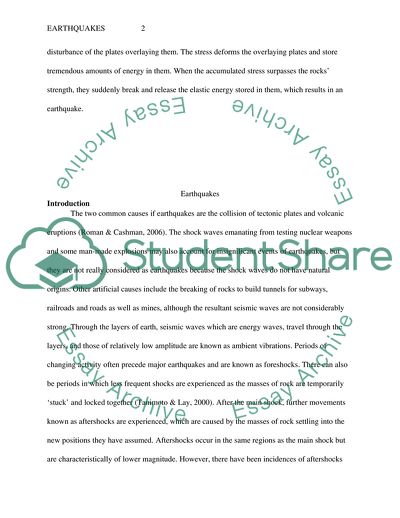Cite this document
(The Origin of Volcano-Tectonic Earthquake Term Paper, n.d.)
The Origin of Volcano-Tectonic Earthquake Term Paper. https://studentshare.org/geography/1808225-earthquakes
The Origin of Volcano-Tectonic Earthquake Term Paper. https://studentshare.org/geography/1808225-earthquakes
(The Origin of Volcano-Tectonic Earthquake Term Paper)
The Origin of Volcano-Tectonic Earthquake Term Paper. https://studentshare.org/geography/1808225-earthquakes.
The Origin of Volcano-Tectonic Earthquake Term Paper. https://studentshare.org/geography/1808225-earthquakes.
“The Origin of Volcano-Tectonic Earthquake Term Paper”. https://studentshare.org/geography/1808225-earthquakes.


